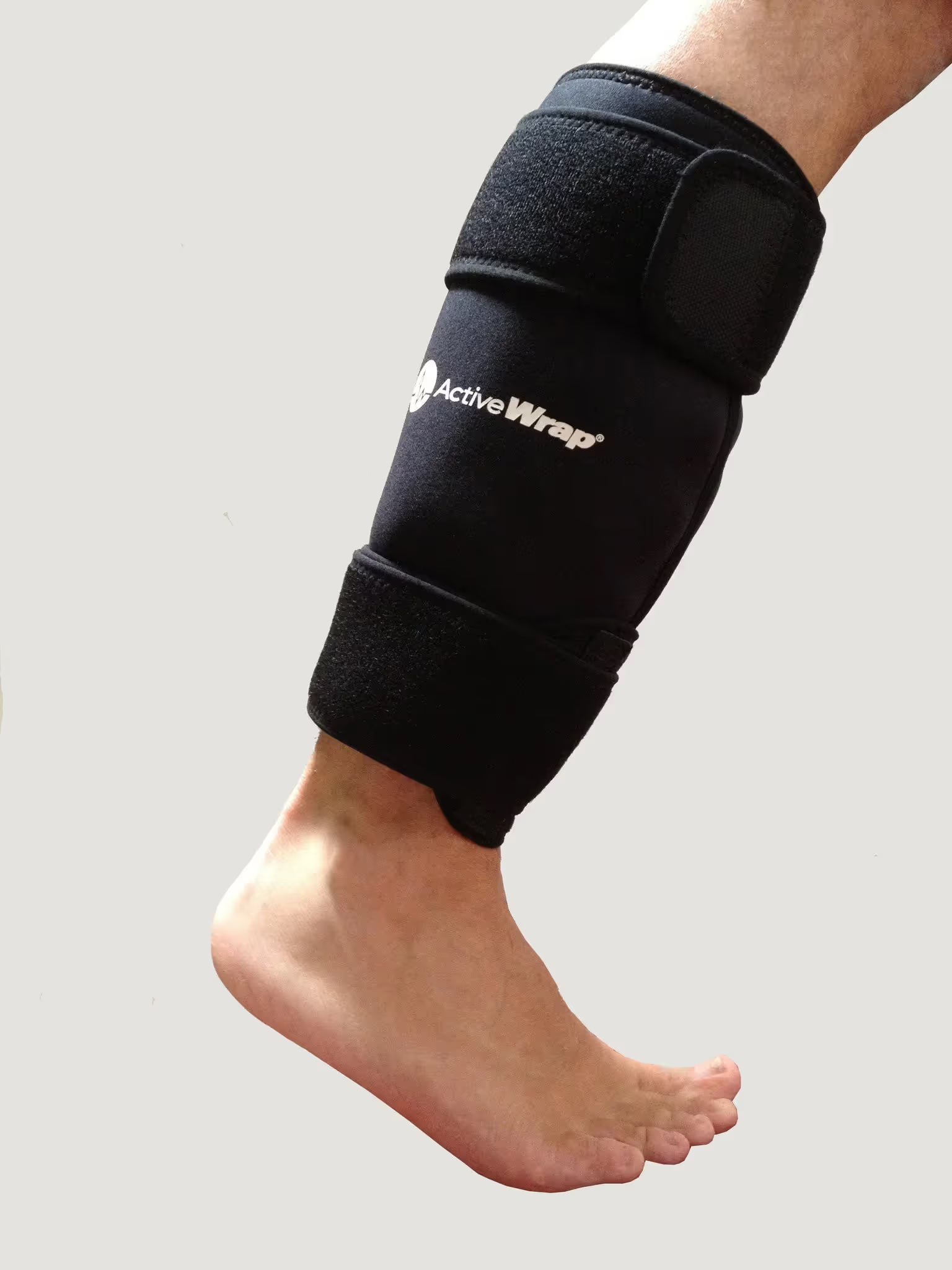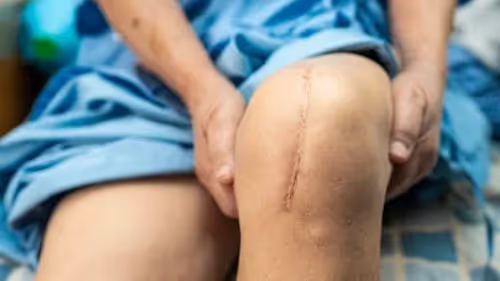According to research, infection after a knee replacement is rare affecting only 0.5-2% of individuals (1). Infection in the first 1-2 years is more likely than after 2 years because the body has created more blood vessels to that new knee after surgery. (1). This is a natural healing process your body goes through to heal your knee, but from an infection standpoint, this doesn’t help!
When your body has more blood flow to one area, the infection has a high likelihood of traveling there quicker and in bigger quantities.
What causes infection?
There are many ways an infection can occur. During the surgery, there could be a bacterial source that enters the knee. The surgeons do everything they can to eliminate this risk, but there is no perfect system. If the surgery takes longer than expected, this causes an increased risk of infection.
Infections can also spread to the knee via other infections in your body. For instance, if you have poor dental hygiene, that bacteria could spread through your blood stream and attack the knee replacement. Any infections in your GI tract, lungs, unitary tract or even bacteria from an IV can cause risk for the knee replacement to become infected.
How do I know if my knee is infected?
Within the first 4 weeks are what we call: early infections. They usually present with swelling, redness, heat, and wound drainage. Typical infection symptoms that you would imagine.
After the 1st year are what we call: late infections. These usually do not present with typical infection symptoms like redness and wound drainage. Most people will say they feel overall sick, their knee is swollen or they are suddenly unable to put weight on the knee.
Here are some examples of localized that can be easily treated by oral antibiotics:

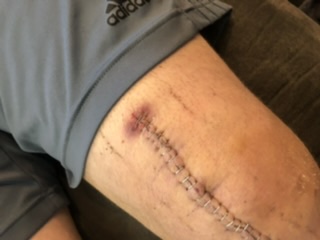
Here is an example of a bruise on the knee, which can easily be confused as an infection. This redness did not spread and the incision was not affected as you can see.
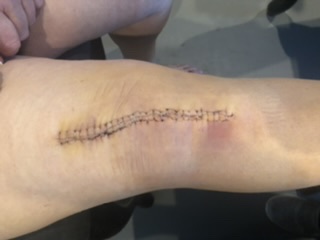
How is infection diagnosed?
After a knee replacement, your knee will be swollen, red and hot - that is normal. However, wound drainage, redness near the incision that is spreading and increasing swelling and pain are not normal. This warrants a call to the surgeon. Most of the time he or she will put you on an antibiotic, just to be cautious. Usually, 9 out of 10 times, that eliminates the infection.
If the infection is still spreading and you are noticing the redness is still spreading or just not reducing, your surgeon might recommend an aspiration of the joint fluid. This will allow them to test for any bacteria.
What if the infection has reached the implant itself?
This is where it gets tricky. If the infection is on the implant/metal part of the knee, the replacement might have to be taken out and re-replaced. This is because bacteria is very hard to get off of foreign bodies in the body. The surgeon will recommend a very aggressive antibiotic treatment for ~6 weeks in this case. Each case is different dependent on the infection type, duration of infection, co-morbidities of the patient, etc.
If you are worried about an infection, please call your surgeon for further information and guidance.
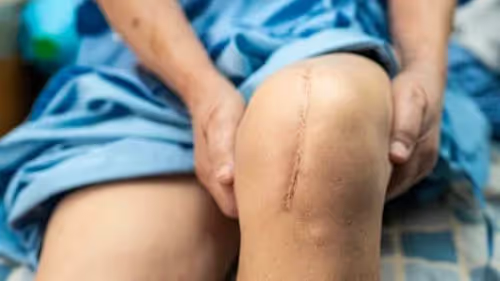
.avif)
